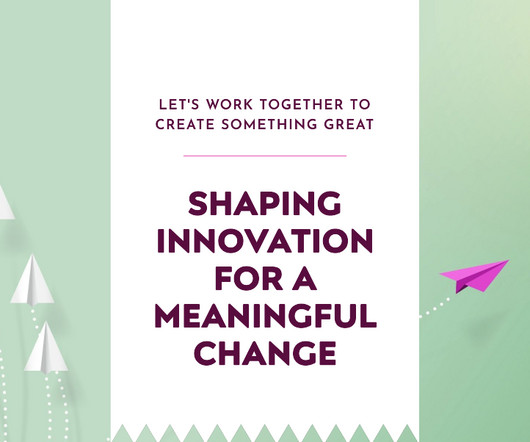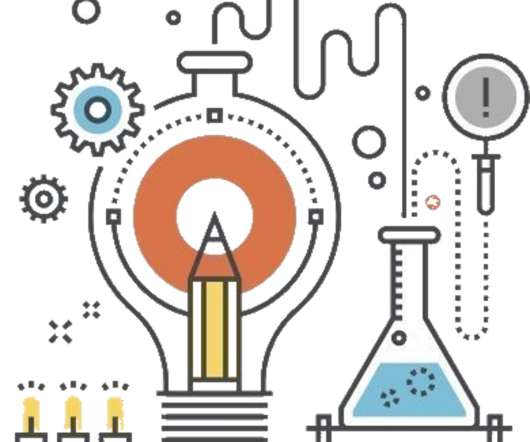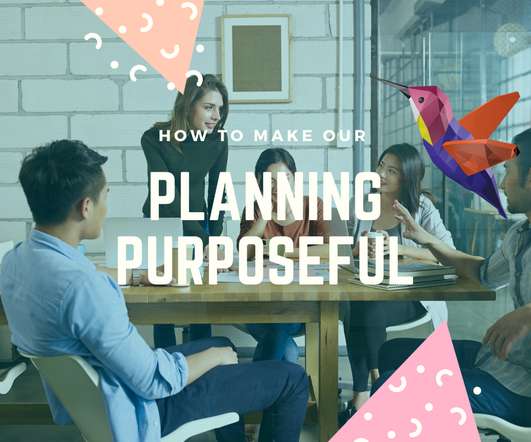Working together to shape innovation for meaningful change
Paul Hobcraft
NOVEMBER 1, 2023
To support you in building out your innovation competencies, capabilities and capacity that requires a deeper investment in skill development in a culture of continual learning. A landscape and the navigation skills that provide the adaptability and agility needed for successful innovation in the current business landscape.




























Let's personalize your content